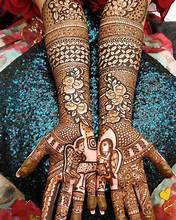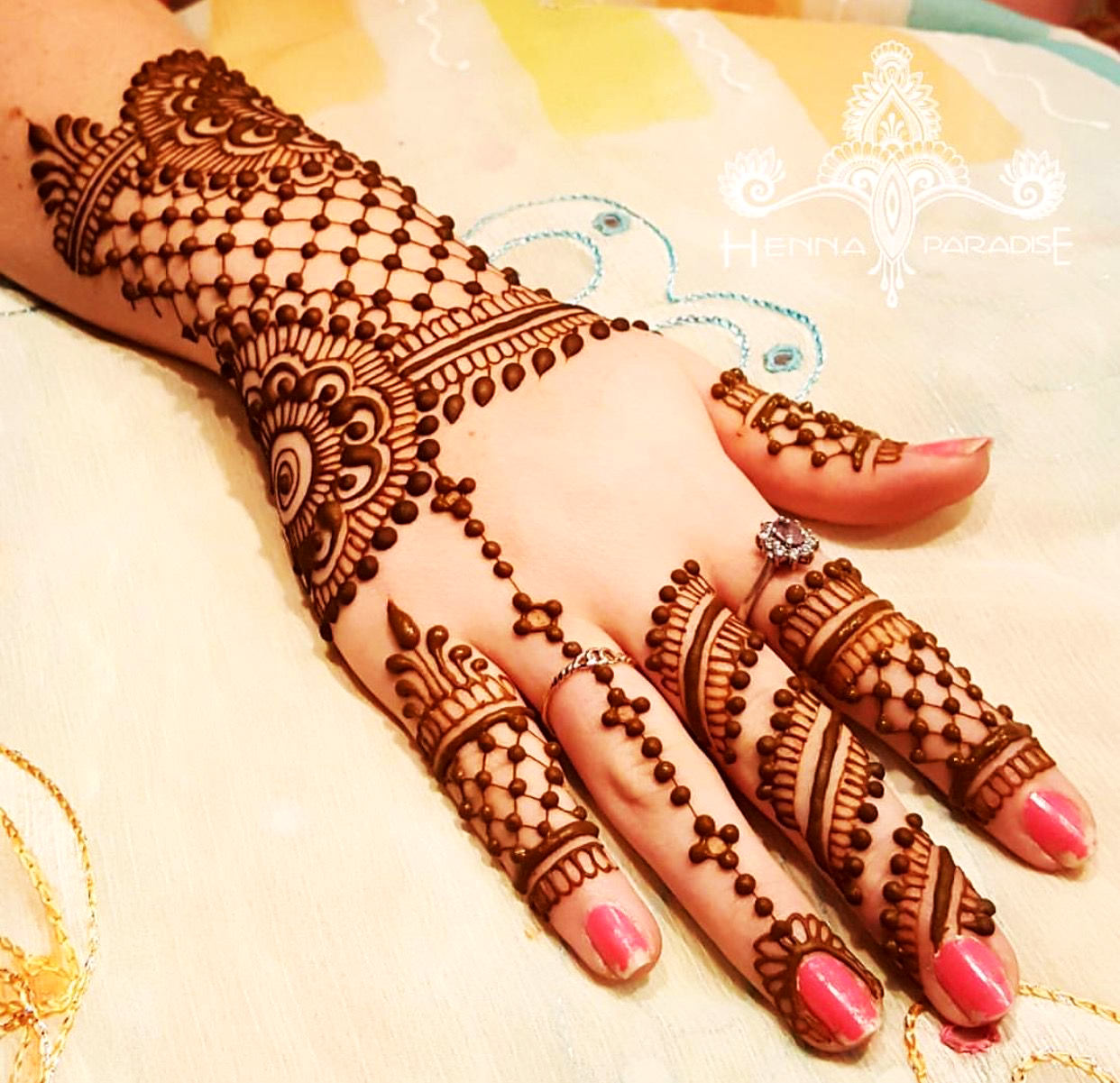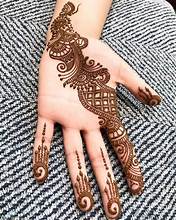Mehendi, otherwise called henna, holds a critical social and tasteful worth in different practices and festivities, particularly in South Asia and the Center East. The many-sided craft of mehendi includes applying glue produced using henna leaves to make delightful and transitory plans on the skin, regularly on all fours. Two well-known and shocking mehendi plans that have spellbound the hearts of many are the customary Indian and the advanced Arabic styles.
1. Conventional Indian Mehendi Plan:
The conventional Indian mehendi configuration is an immortal and mind boggling fine art that mirrors the rich social legacy of India. This style is described by its intricate examples, itemized themes, and an amicable mix of different components. The plan frequently incorporates peacock themes, paisleys, botanical examples, and perplexing mathematical shapes.
A focal flower theme, normally known as the “mandala,” is a critical component in conventional Indian mehendi. The mandala represents solidarity and culmination, making it an ideal focal point for the plan. Encompassing the mandala, sensitive plants, leaves, and peacock feathers nimbly expand, making an entrancing and balanced synthesis.

One of the unmistakable parts of customary Indian mehendi is the consideration of the lady and man of the hour’s initials or names concealed inside the multifaceted examples. This adds an individual touch to the plan, making it an interesting and significant decoration for the lady of the hour.
The fingertips are frequently featured with strong and distinct plans, while the spaces between the fingers are loaded up with sensitive trim like examples. The rear of the hand is decorated with a blend of strong and scarcely discernible differences, making an enthralling play of light and shadow.
The customary Indian mehendi plan not just fills in as a type of body craftsmanship yet additionally conveys social importance. It is an indispensable piece of weddings and other celebratory occasions, representing affection, happiness, and the association of two people.
2. Current Arabic Mehendi Plan:
Arabic mehendi plans have acquired enormous notoriety for their contemporary and exquisite allure. These plans are portrayed by their strong, streaming lines, and the utilization of negative space to make a complex and breezy look. Not at all like the thickly pressed examples of customary Indian mehendi, Arabic plans frequently include open spaces that permit the skin to look through.

One of the critical components of Arabic mehendi is the utilization of botanical and verdant themes, motivated commonly. These themes are in many cases organized in a streaming, uneven example that broadens effortlessly across the hand and lower arm. The plans are known for their straightforwardness, with fewer complexities contrasted with conventional Indian mehendi, yet they ooze an appeal that is both current and immortal.

Arabic mehendi plans ordinarily center around the magnificence of the fingers and the wrist. The fingertips are frequently embellished with striking, pointed plans, while the remainder of the hand includes a blend of plants, leaves, and blossoms. The negative space is decisively used to improve the general plan, making a fragile and mind-boggling look.
Don’t forget to send me your feedback!
BY: DANIYAL KHAN
Recommend0 recommendationsPublished in Bridal, Our Fashion Passion, Uncategorized


